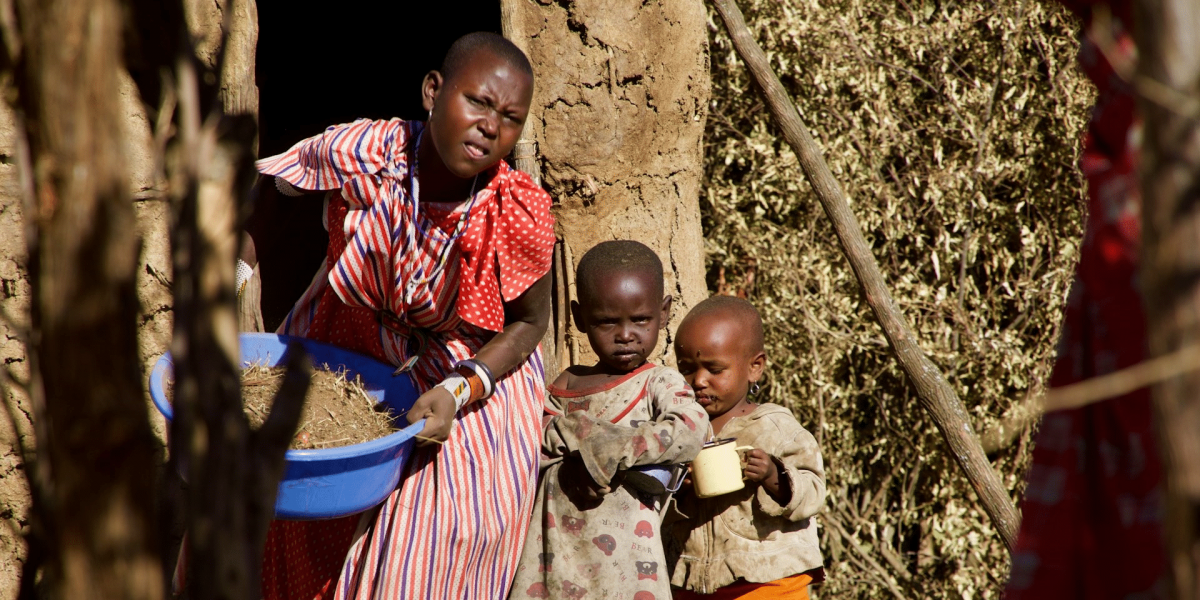Climate change poses a significant threat to many countries, particularly those with developing economies. Kenya, despite its minimal contribution to global emissions, faces substantial risks from climate change. This article explores how high climate risk could endanger Kenya, focusing on the impacts on agriculture, water resources, health, and socio-economic stability.
Impact on Agriculture
Threats to Crop Production
Agriculture is a vital sector in Kenya, employing a significant portion of the population and contributing to the country’s GDP. However, climate change poses severe threats to crop production. Increased temperatures, changing precipitation patterns, and extreme weather events like droughts and floods can drastically reduce crop yields.
For instance, maize, a staple food in Kenya, is highly sensitive to temperature changes. Prolonged droughts and erratic rainfall can lead to crop failures, threatening food security and livelihoods. According to the Kenya Agricultural and Livestock Research Organization (KALRO), maize production could decrease by up to 20% in the coming decades due to climate change.
Livestock and Pastoralist Communities
Kenya’s pastoralist communities are also at high risk. Climate change impacts water availability and pasture quality, crucial for livestock. Droughts lead to the death of livestock, reducing income for pastoralists and increasing the risk of conflicts over scarce resources.
Water Resources
Declining Water Availability
Kenya’s water resources are highly vulnerable to climate change. The country already experiences water scarcity, and climate change is expected to exacerbate this issue. Reduced rainfall and increased evaporation rates due to higher temperatures will lead to declining water levels in rivers, lakes, and reservoirs.
The Tana River, one of Kenya’s major water sources, is predicted to experience significant reductions in flow. This will impact not only domestic water supply but also irrigation and hydropower generation. The Kenya Water Towers Agency has reported that many of the country’s critical water towers are under threat from climate-induced changes, leading to reduced water availability for millions of people.
Increased Competition for Water
As water resources become scarcer, competition for water between agricultural, industrial, and domestic users will intensify. This could lead to conflicts and further strain the country’s socio-economic fabric. Water scarcity also impacts sanitation and hygiene, increasing the risk of waterborne diseases.
Health Impacts
Rising Incidence of Diseases
Climate change has direct and indirect effects on human health. Rising temperatures and changing precipitation patterns can lead to increased incidence of diseases such as malaria, dengue fever, and cholera. Warmer temperatures expand the habitats of disease vectors like mosquitoes, leading to higher transmission rates.
The World Health Organization (WHO) has indicated that climate change could increase malaria transmission in highland areas of Kenya, where the disease is currently less prevalent. Additionally, extreme weather events such as floods can contaminate water supplies, leading to outbreaks of cholera and other waterborne diseases.
Food and Nutrition Security
Climate change threatens food security, which in turn affects nutritional health. Reduced agricultural productivity can lead to higher food prices, making it difficult for low-income households to afford nutritious food. This can result in increased malnutrition rates, particularly among children and vulnerable populations.
Socio-Economic Stability
Economic Losses
The economic impact of climate change on Kenya is profound. The agricultural sector, which is heavily reliant on predictable weather patterns, suffers greatly from climate variability. Economic losses from reduced crop yields and livestock deaths can run into billions of dollars annually.
According to the United Nations Development Programme (UNDP), Kenya could face economic losses amounting to 2-3% of its GDP per year by 2030 due to climate change. These losses affect overall economic growth, reducing the country’s ability to invest in critical infrastructure and social services.
Displacement and Migration
Climate change can lead to displacement and migration, as people move in search of better living conditions. Droughts, floods, and other climate-induced events can force communities to leave their homes, leading to urban migration and increased pressure on urban resources.
The Internal Displacement Monitoring Centre (IDMC) reports that climate change is a significant driver of displacement in Kenya. This migration can lead to the development of informal settlements with inadequate infrastructure, exacerbating poverty and social inequality.
Adaptation and Mitigation Strategies
National Climate Change Action Plan
Kenya has developed a National Climate Change Action Plan (NCCAP) to address the impacts of climate change. The plan includes measures to enhance climate resilience and reduce greenhouse gas emissions. Key strategies involve promoting climate-smart agriculture, improving water resource management, and investing in renewable energy.
International Support and Collaboration
International support and collaboration are crucial for Kenya to effectively combat climate change. Funding from international bodies such as the Green Climate Fund (GCF) and technical assistance from organizations like the United Nations Environment Programme (UNEP) can help Kenya implement its climate action plans.
High climate risk poses a significant threat to Kenya, affecting agriculture, water resources, health, and socio-economic stability. Addressing these challenges requires comprehensive adaptation and mitigation strategies, strong community involvement, and international cooperation. By taking proactive steps, Kenya can enhance its resilience to climate change and safeguard its future development.








